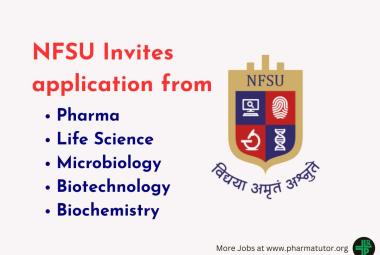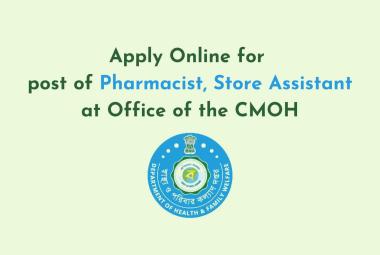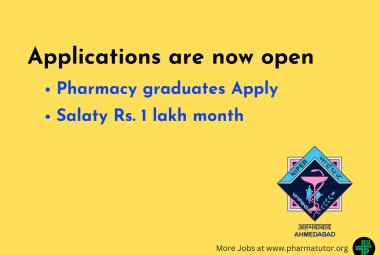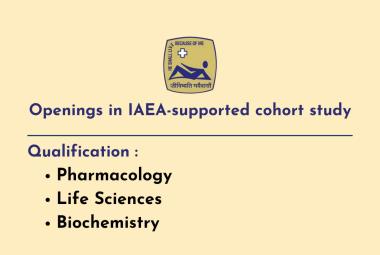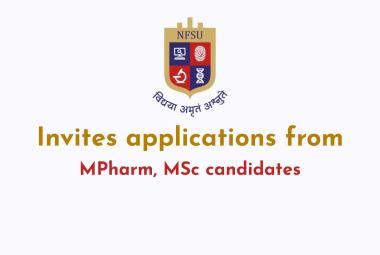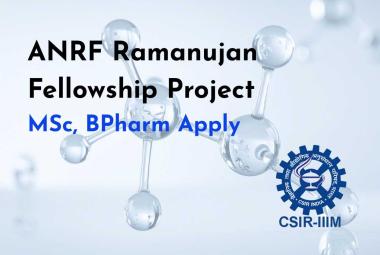 About Authors: V.P. Patel*, M.C. Gohel, R.K. Parikh
About Authors: V.P. Patel*, M.C. Gohel, R.K. Parikh
*V. P. Patel
M.Pharm, Assistant Professor, R. K. College of Pharmacy, Rajkot, Gujarat, India.
Work was carried out at: Department of pharmaceutical technology,
L. M. College of pharmacy, Ahmedabad, Gujarat, India
M. C. Gohel
Professor and Principal, Department of pharmaceutical technology,
L. M. College of pharmacy, Ahmedabad, Gujarat, India
R. K. Parikh
Professor, Department of pharmaceutical technology,
L. M. College of pharmacy, Ahmedabad, Gujarat, India
Abstract:
With the introduction of combinatorial chemistry and high throughput screening, the properties of new chemical entities shifted towards higher molecular weight and increasing lipophilicity that results in decreasing aqueous solubility. It is not surprising that many drug candidates have poor water solubility since the initial selection of drug candidates are based on activity alone. Other physiochemical and biopharmaceutical properties such as permeability, biopharmaceutics and metabolism are rarely considered during the selection process. The aim of this study was to increase dissolution rate of felodipine poorly soluble drugs from BCS class II by complexation process. Complexation was prepared using β cyclodextrine. Different techniques were employed for preparation of complexation with β cyclodextrin like physical mixture, cogrinding, kneading technology, solvent coevaporation.The physical properties of the prepared solid mass of felodipine was characterized by in vitro dissolution studies, UV- spectroscopy, Fourior transform infrared spectroscopy, differential scanning calorimetry (DSC) and X-ray powder differaction spectroscopy. Additionaly, phase solubility studies were performed to support the in vitro dissolution study. The results of Fourior transform infrared spectroscopy shows the compatibility of drug with cyclodextrin, while differential scanning calorimetry (DSC) and X-ray powder differaction spectroscopy showed the confirmation of complexation of β cyclodextrin with felodipine.
 About Authors: Deepak Sahu
About Authors: Deepak Sahu



 About Authors:
About Authors: About Authors:
About Authors: About Authors:
About Authors:  About Authors:
About Authors: